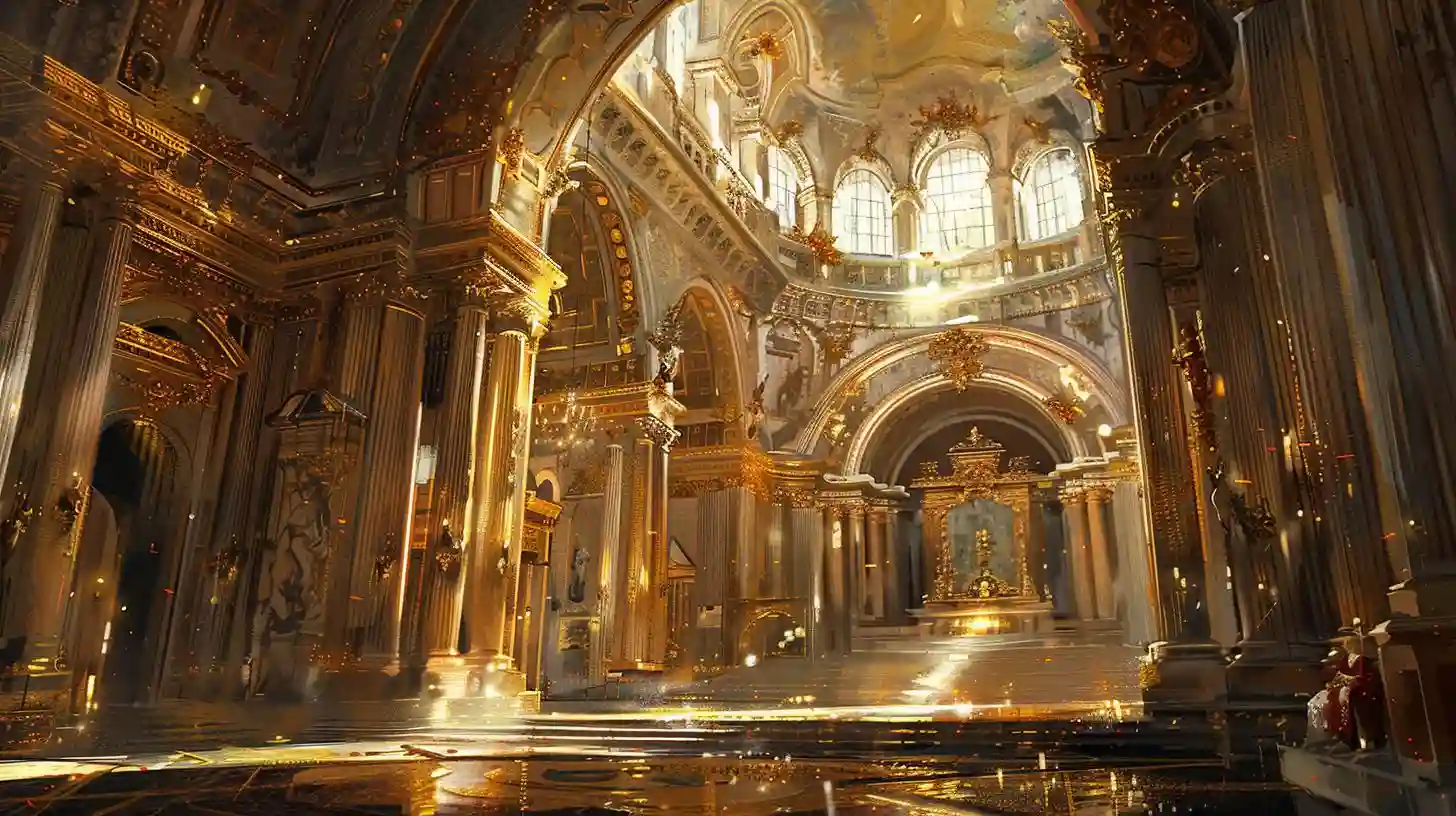
Baroque architecture emerged in the late 16th century and reached its peak in the 17th and 18th centuries. It was characterized by ornate and dynamic design, dramatic use of light and shadow, and an emphasis on grandeur and opulence. Baroque buildings often featured elaborate decoration, intricate decoration, and dramatic features such as domes, columns, and sculptures.
Baroque architecture was also noted for its use of contrasting colors and textures, as well as a sense of movement and drama. The buildings were designed to evoke strong emotional responses in viewers, with extravagant facades, grand entrances and elaborate interiors. This style was often seen in churches, palaces and public buildings, where it conveyed a sense of power, wealth and authority.
On the other hand, New Classical architecture emerged in the late 18th century as a reaction to the excesses of the Baroque style. Inspired by the architecture of Ancient Greece and Rome, New Classical buildings focus on simplicity, symmetry and proportion. This style emphasized clean lines, balanced proportions, and a sense of harmony and order.
New classical buildings often used columns, pediments, and other elements borrowed from ancient Greek and Roman architecture. They were created to convey a sense of timelessness, elegance and restraint, with an emphasis on classical ideals of beauty, harmony and proportion. New Classical architecture was often used to construct government buildings, museums, and other public structures, where it conveyed a sense of civic pride and cultural heritage.
Baroque architecture features ornate and dramatic designs, while New Classical architecture emphasizes simplicity and harmony. Both styles were popular in their respective time periods and continue to influence architecture today, each with its own unique aesthetic and historical significance.